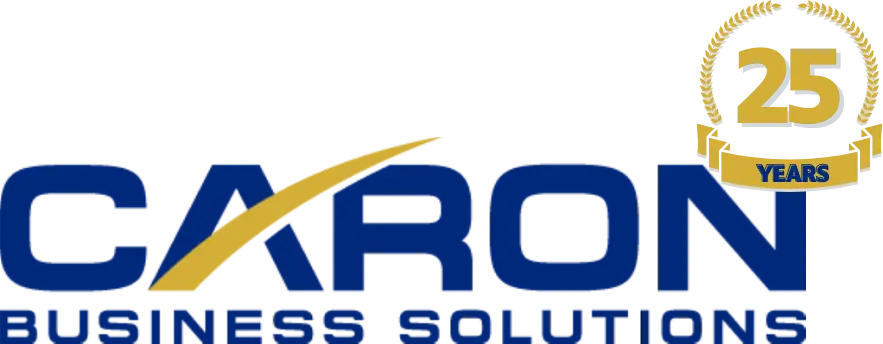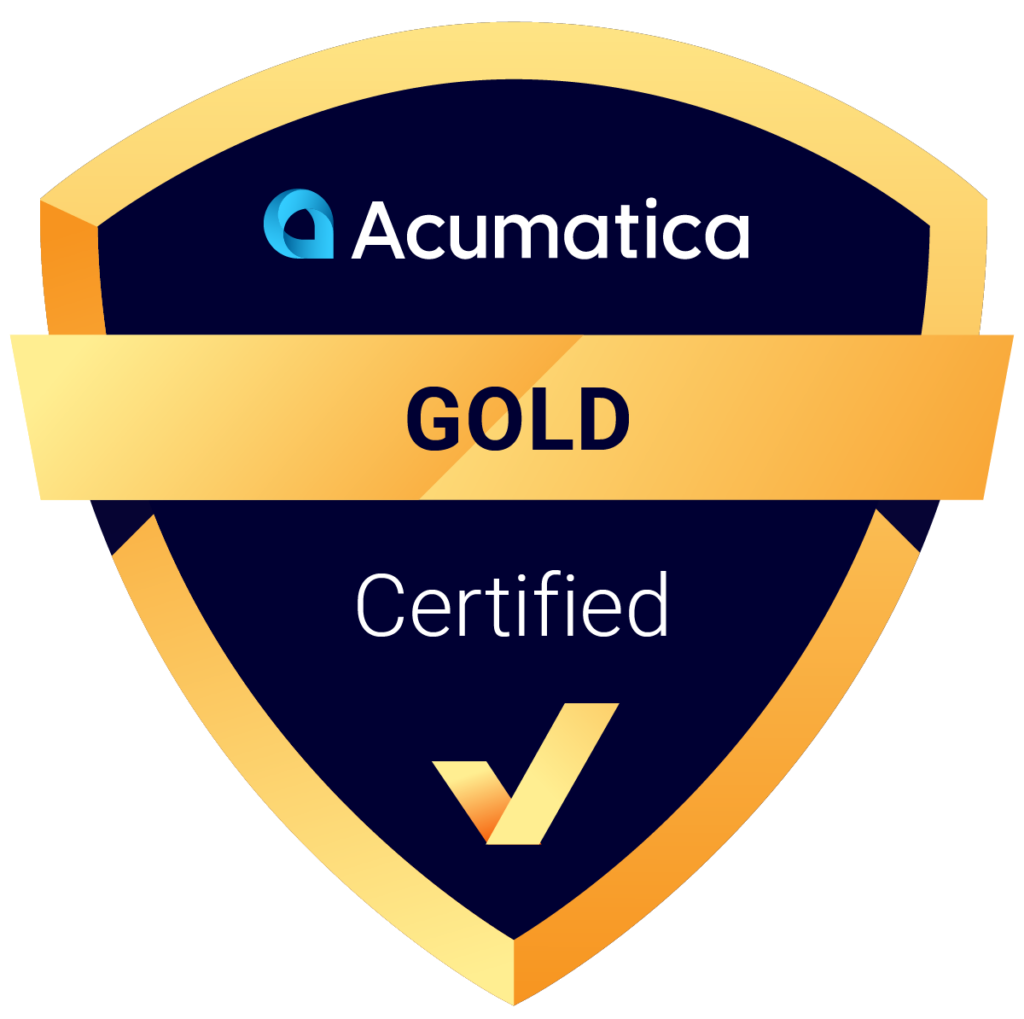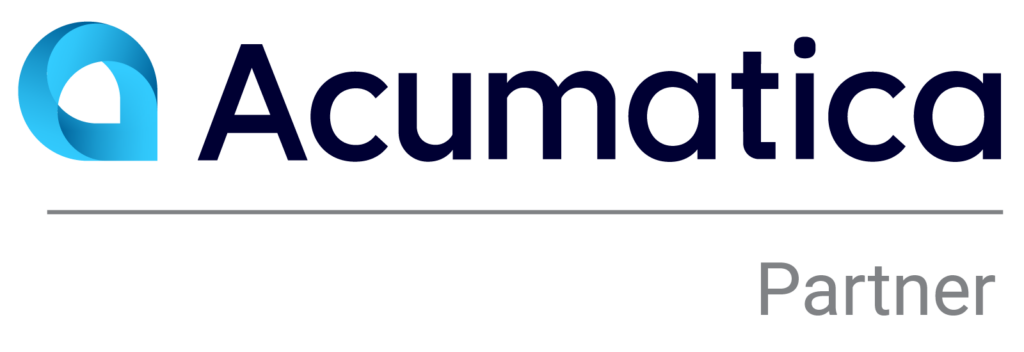When it comes to choosing the right Customer Relationship Management (CRM) approach for your business, it’s important to understand all the benefits before beginning your selection process. When you launch a CRM implementation, your choices can impact nearly everyone in your company.
These “Back to Basics” ideas for implementing a CRM program inside a business were collected from executives, managers, employees, and consultants who shared their experiences. The series was created by David Beard, CRM Principal at Sage. The goal of this series of articles is to provide you with useful information as you choose a new CRM system.
Following on from our previous article, let’s discuss a few more ideas including the next – critical one:
9. Integration with back-office systems can speed Return on Investment
One area many companies overlook when evaluating CRM software is the fact that accounts payable and accounts receivable data can form an integral part of CRM. If a customer calls to order a product, for example, wouldn’t it be beneficial to instantly know whether that customer’s accounts are up to date?
Although some CRM software offers patches to link back to an accounting system, others offer seamless integration out of the box. The cost benefits of this approach are so great that some companies report an immediate ROI because they were able to get their application up and running without incurring the high costs of custom integration.
How does CRM-accounting Integration Improve Productivity?
- Reduce Duplication of Data Entry Tasks – quotes and orders can all be created for one integrated quote-to-cash function.
- Empower Employees with the Right Information at the Right Time – An integrated solution delivers a complete view of customers to all employees, allowing them to answer questions promptly and accurately.
- Streamline Business Processes Through Automated Workflow – this allows organizations to automate business steps and processes that were previously manual, significantly improving employee productivity.
- Improve Organizational Task Management – An organization’s calendar capabilities are typically provided by a CRM system. This integrated task management functionality enables organizations and individuals to automate follow-up tasks, track their progress in completing tasks, and prioritize tasks in order to improve accountability and perform tasks more productively.
10. Any time, anywhere access is the only way to go
To be truly effective, a CRM solution needs to support customers on their own terms. This means delivering the information into the hands of agents who respond to customer inquiries over the telephone, fax, e-mail or written letters. And, of course, the CRM software should also make a wide range of information available to customers over websites. Web self-service is a must in a customer-centric company.
For internal staff, such as field service employees and sales staff, the software should also support mobile devices; software that is restricted to a single device or operating system will become too limiting as this technology evolves. With support for multiple devices, for example, sales reps can get real-time updates about the prospects or customers they are about to visit – before they walk through the door.
11. Delivery Method that is right for your company
An item of increasing relevance to many companies is whether they want to actually bring their CRM software “in house”; the alternative being that they give their data to a provider to host (themselves, or from a vendor directly) and the company itself only accesses information through a browser.
Companies need to decide for themselves how comfortable they are with the data stored outside the company. It is difficult to provide guidance except to say that it is vital to check out the security and recovery arrangements of anyone that is hosting the data. Another consideration is the total cost of ownership over a 2 or 3 year period for a renting model over an ownership model.
For larger companies one must consider whether the compromises inherent in the system in terms of its ability to be integrated and customized are something that can be lived with. That all considered a rental model has terrific advantages in terms of maintenance, cost of hardware and ease of upgrades (albeit compulsory) and for smaller businesses in particular needs to be considered.




